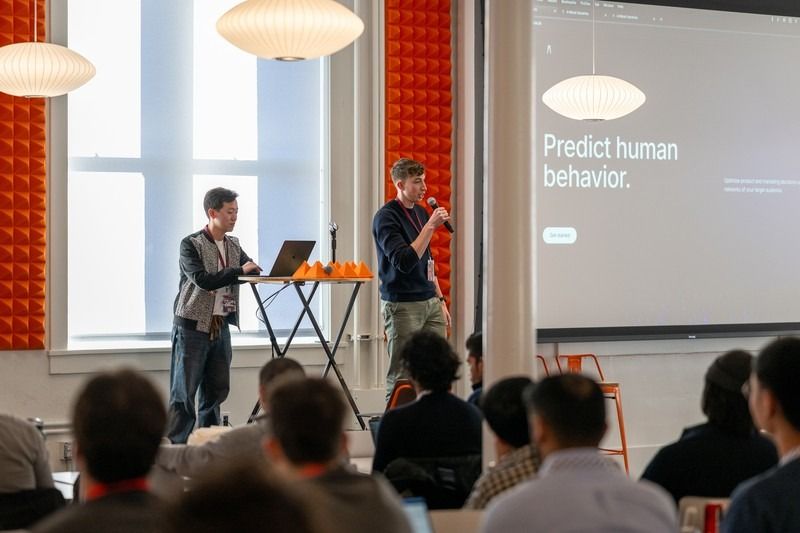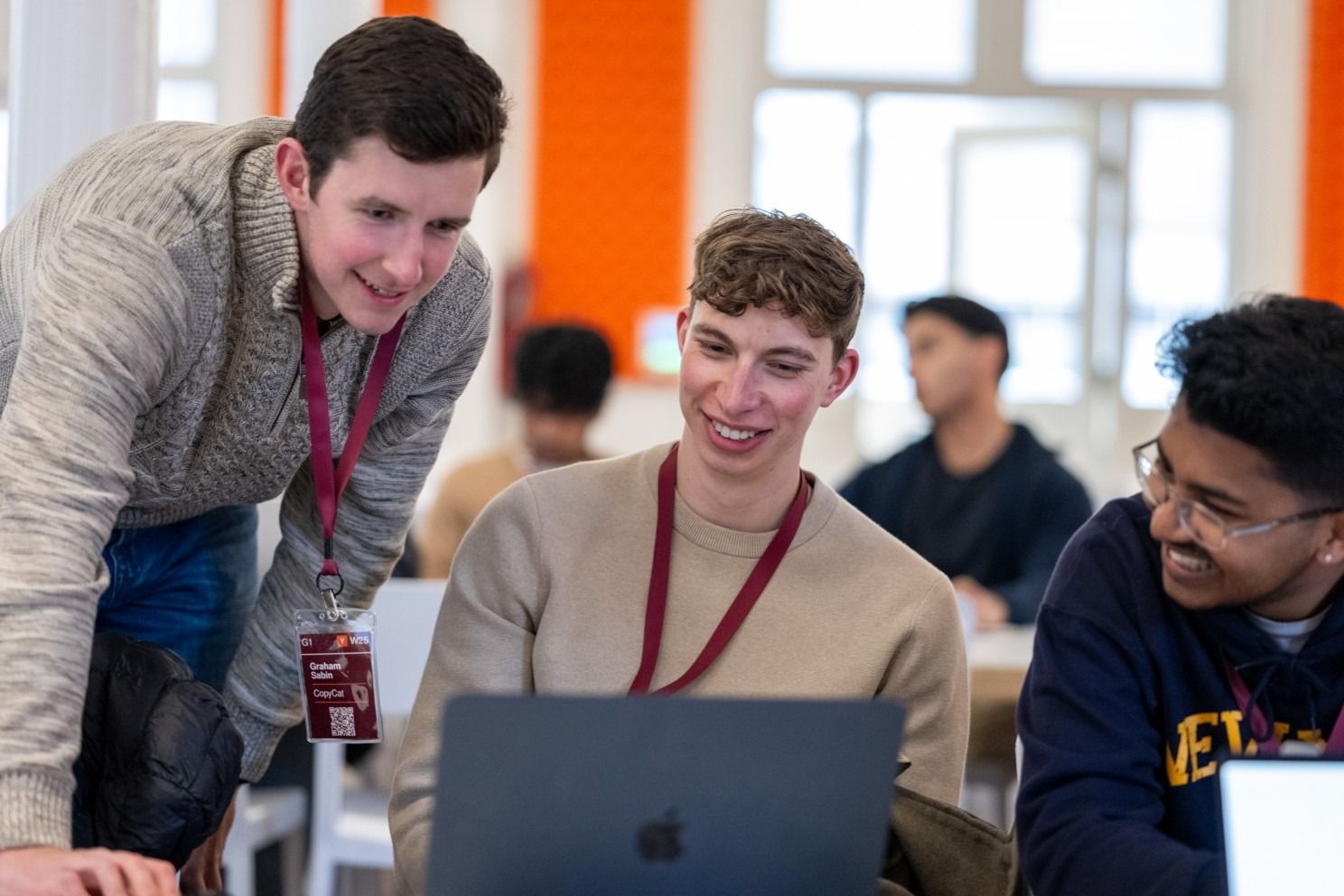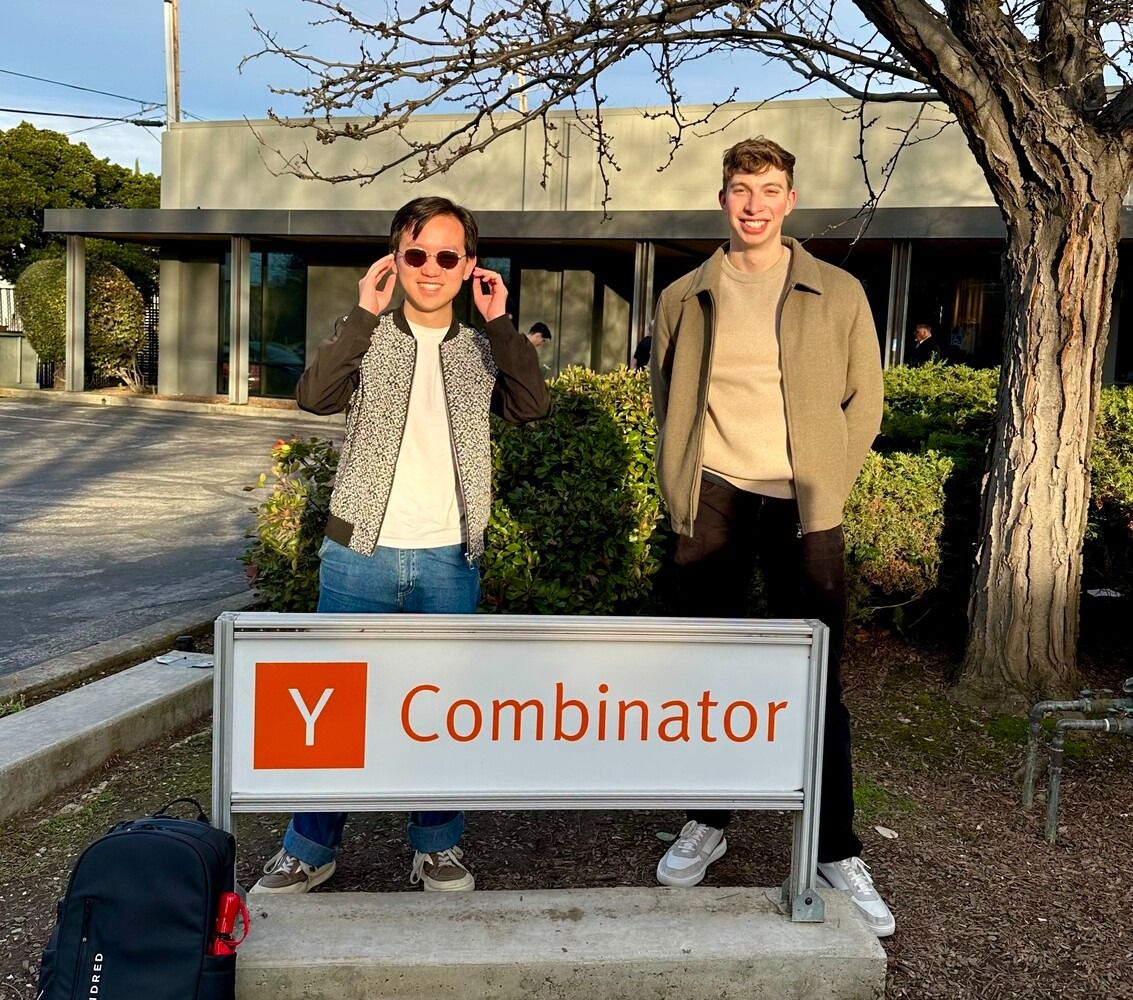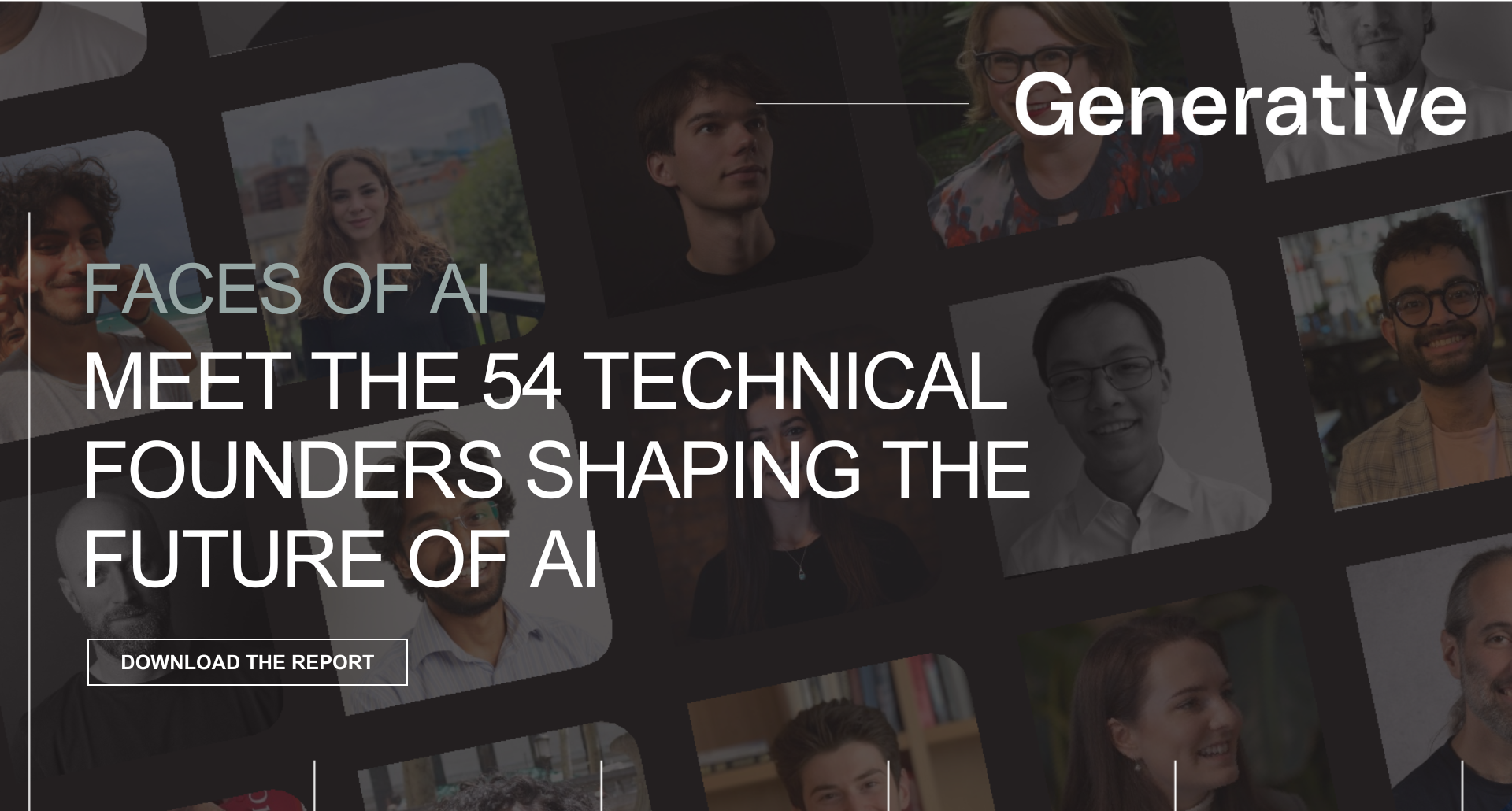Meet “The ChatGPT of Simulations” – How Artificial Societies Is Democratizing Market Testing
03 Oct 2025
When your success hinges on how your message lands, why wait until after you’ve launched to find out how it performs?
That’s the question driving Artificial Societies, a startup using AI simulations to help founders, marketers, and decision-makers test how their content will resonate before it goes live.
In this edition of Faces of AI, we speak to Patrick Sharpe, co-founder and Chief Product Officer, about why behavioural science was the perfect launchpad, what makes their platform tick under the hood, and how AI is turning once-exclusive research tools into something far more accessible (and powerful) for everyday creators.
What specific problem is Artificial Societies solving, and why does it matter?
We’re solving a core problem: people don’t know how their messages or ideas will land until they’re already out in the world.
That matters because it’s a high-stakes environment to get things wrong, especially when you're launching something new. We give people the confidence to take bigger bets by showing them how their communications are likely to be received before they go live.
What's the origin story behind the company?
There are two of us behind Artificial Societies – myself and my co-founder, James. We’re both behavioural scientists by background. I came from a behavioural economics and consulting path, where I was helping businesses run experiments to improve things like retention and conversion. The main problem there is that experiments tend to be slow, expensive, and sometimes impossible to run.
James came from a more theoretical background – network science and simulations. When he showed me what’s possible by connecting AI agents to mimic real people, it clicked. This could be a faster, more scalable way to test ideas before going live.
We’d known each other for a while, but in September last year, we started building. I immediately saw the product potential and how powerful this could be for decision-makers. That’s where it all began.
There is a lot of uncertainty, even fear, in the wider population when it comes to AI. What are some of the most common myths or misconceptions that you hear?
A big one is the fear that AI is replacing people or taking jobs. But what we’re doing with Artificial Societies is actually expanding access, especially in market research.
Traditionally, running a survey with a few thousand people could cost $10,000 or more. That’s only accessible to organisations with big budgets and long timelines. But everyone benefits from better audience understanding and more confident decision-making.
By using simulations, we lower the barrier to entry. Now, even something as simple as a LinkedIn post can be tested before going live. What used to be expensive and slow is now fast, affordable, and scalable. In that sense, we’re aiming to be the ChatGPT of simulations by bringing cutting-edge tools to a much wider audience.
For you and the team at Artificial Societies, how does AI safety show up in your day to day?
AI safety shows up in two big ways for us: data use and moderation.
First, we only use publicly available data: things people have freely posted online. For example, if this interview ends up on the internet, that’s the kind of content we’d use to build a persona of me. We don’t collect private or sensitive information, and we’re strict about what goes in.
Second, we’ve put clear guardrails in place around how simulations can be used. You can create audiences like “US professionals,” but if someone tries to simulate an inappropriate or harmful group, it’s automatically blocked.
What’s powerful is that AI also helps us enforce these standards. Rather than relying on rigid rule sets or thousands of human moderators, our system uses AI to assess whether audience requests are appropriate. That allows us to moderate at scale – safely and responsibly.
What is the most exciting technical challenge that you've overcome so far?
As Chief Product Officer, my focus is on how users interact with the product… what features they need, how intuitive it feels, and how we make something complex feel simple.
What we’re building is pretty unique. There aren’t many prosumer tools out there that let people run real experiments. So one of the biggest technical challenges has been making that experience accessible, without dumbing it down.
Early on, like most startups, there’s a temptation to overbuild. But we’ve had to practise real restraint. Our mantra is that simplicity is the ultimate sophistication.
From the user’s perspective, it’s straightforward: you describe who you want to simulate, and we do the rest. Behind the scenes, though, it’s deeply complex. That one description gets enriched with AI, matched against a database of half a million personas, and turned into a functioning simulated society.
It's like an iceberg – the interface looks clean and minimal, but there's a huge technical structure beneath the surface. Making that invisible complexity feel natural to the user has been a major (and rewarding) challenge.
How people are using the product right now? What’s the use case?
One of the best current use cases for our product is in marketing. If you have a specific target audience and content like LinkedIn posts, emails, or blogs, our tool lets you simulate how that content will land before you launch it.
You can create detailed audiences – even hard-to-reach groups like CEOs, who rarely respond to traditional surveys. With simulations, you can effectively “survey” these groups and see their likely reactions.
It’s ideal for content creators, marketers, founders… anyone with a message they want to resonate with the right people. We’re excited to be launching new features soon, and we hope more people will give it a try!
In terms of AI trends, what are you finding genuinely exciting at the moment?
What excites me most is how AI is lowering the barrier to entry for creative, technical work. Tools like Lovable and Cursor are great examples. You used to need years of engineering experience to build software or run data analysis. Now, with the right mindset and a bit of creativity, you can do those things in minutes.
It’s not about replacing skills, but supercharging people who are already capable and curious. That’s incredibly powerful.
I’m also really interested in where UI is heading. Many products are becoming more complex under the hood, but with AI agents acting on your behalf, the user experience can stay simple and conversational. You won’t need to learn a new system each time. You’ll just tell the AI what you want to do, and it’ll handle the complexity. That shift is going to make once-specialised skills feel native and intuitive, which is really exciting.
Outside of work, how do you decompress?
It’s especially important for us to find balance, since James and I live and work in the same space – our flat is also our office. My commute is three metres down the hall, which is great for productivity, but it makes setting boundaries even more crucial.
For me, routines are everything. I’ve made a rule that every morning before 9am is my time. No meetings. No work. Just some form of exercise. Whether it’s a run, gym, yoga or stretching, I do it every single day. It’s a non-negotiable.
That idea of setting defaults comes from behavioural science. It’s much easier to follow through when you’ve already decided in advance. It takes the mental load out of making the choice every day.
My girlfriend and I also have a weekly date-night rule. We take turns planning it and stick to it without fail. It’s a simple way to protect time for each other outside of work.
If you weren't working on Artificial Societies, what other problems could you see yourself trying to solve with AI?
Since starting the company, I’ve got into the habit of journalling every night before bed. It helps me process the day and over time, it’s become a way to track the whole journey.
The thing is, our memories – photos, journals, conversations – end up scattered across different places. One idea I’d love to explore is an AI-powered memory bank. Something that could take all those daily reflections, photos, stories and turn them into a rich, narrative archive.
Imagine being able to talk to an AI at the end of each day, share what happened, have it prompt you, organise the moments, even pull in photos. Then, years down the line, you could ask it: what was it really like building that startup? And it would remember. Accurately, and in detail.
We forget so many of the little stories that make up a life. I’d love to help people capture and tell them better.
Patrick and Artificial Societies were recently featured in our 'Faces of AI 2025' report, which is available to download for free now.
At Generative, we work with AI-driven startups to scale innovation, refine strategy, and accelerate growth. If you're building in AI and looking for the right talent to take your company to the next level, let's talk.



